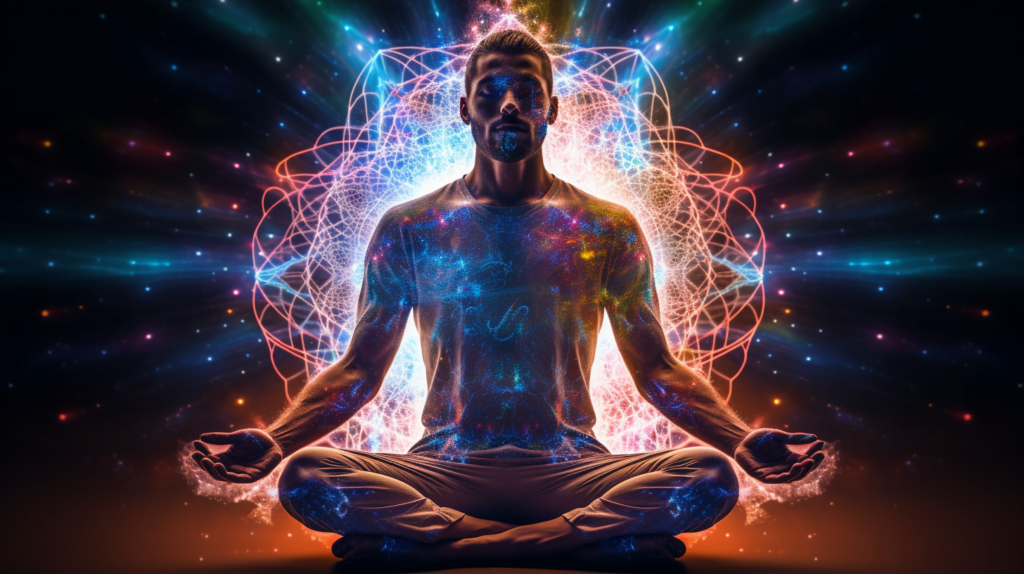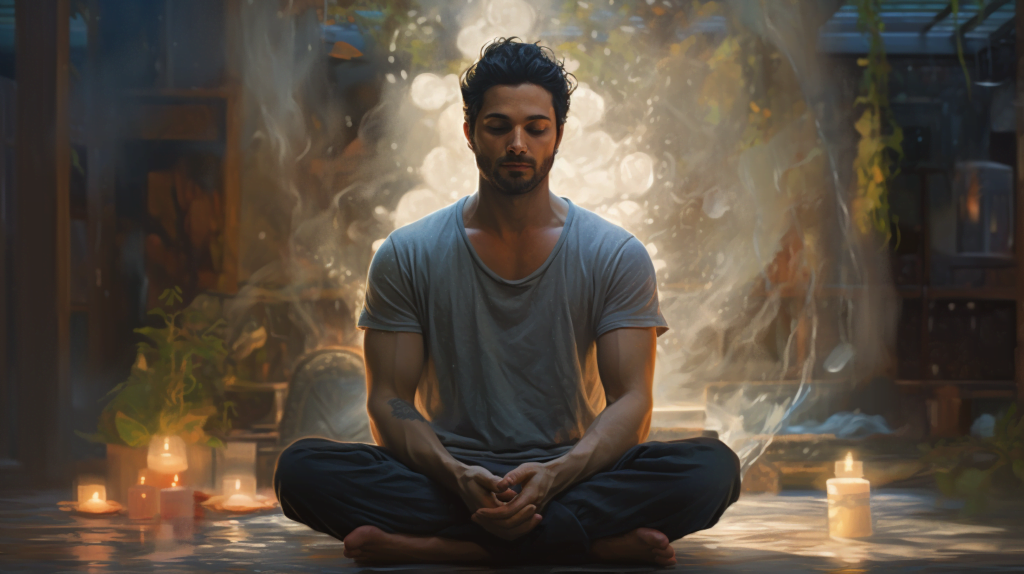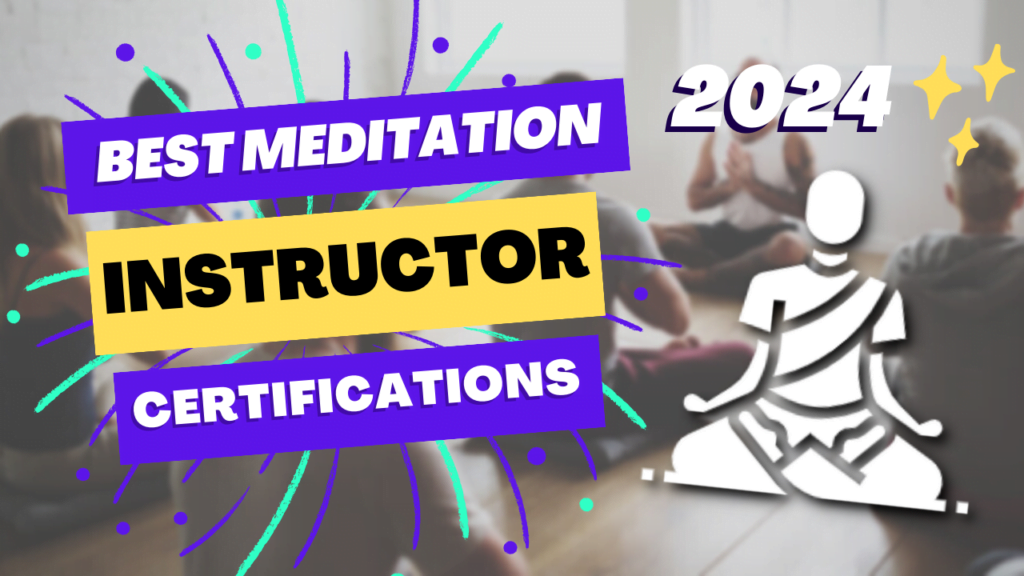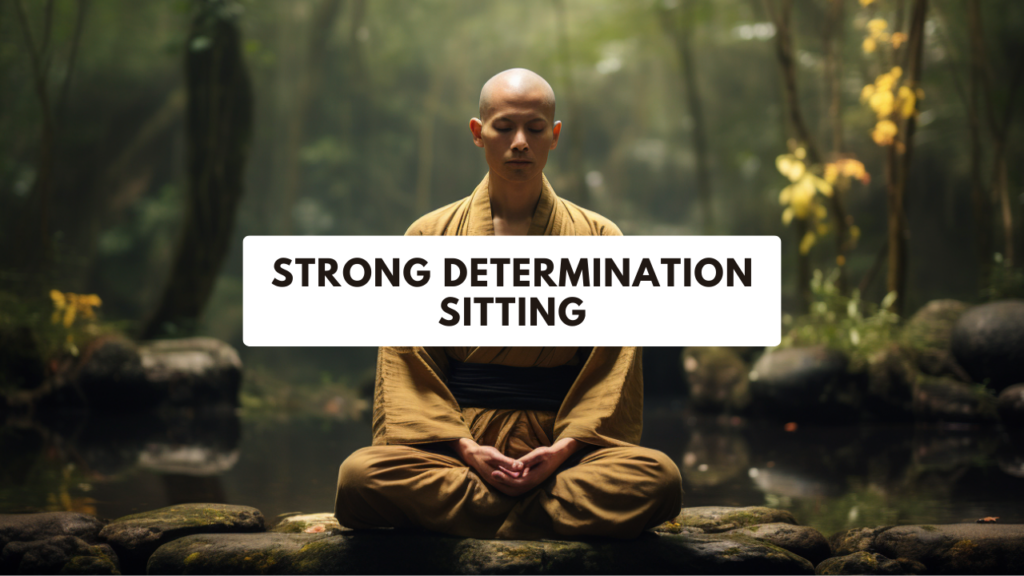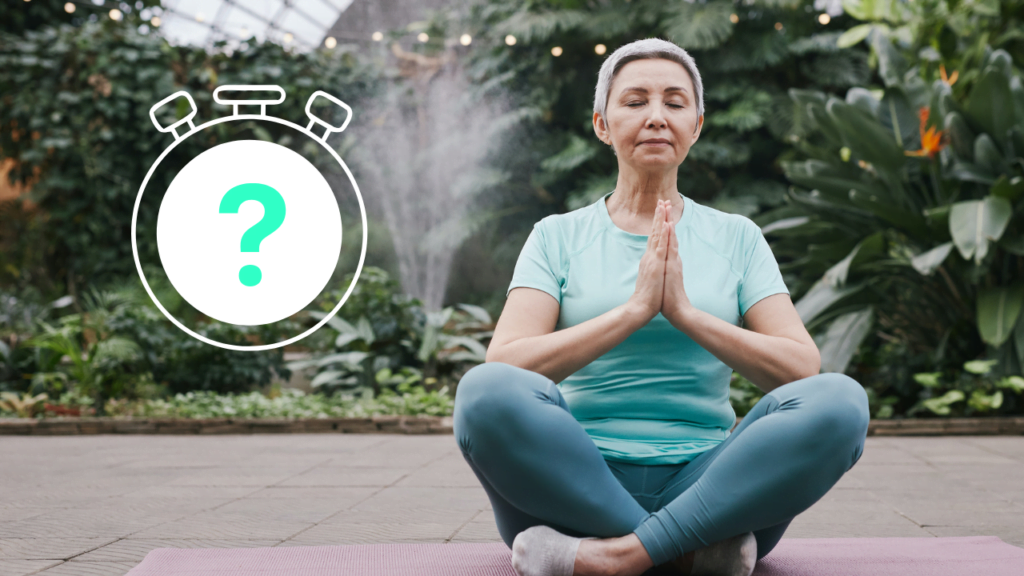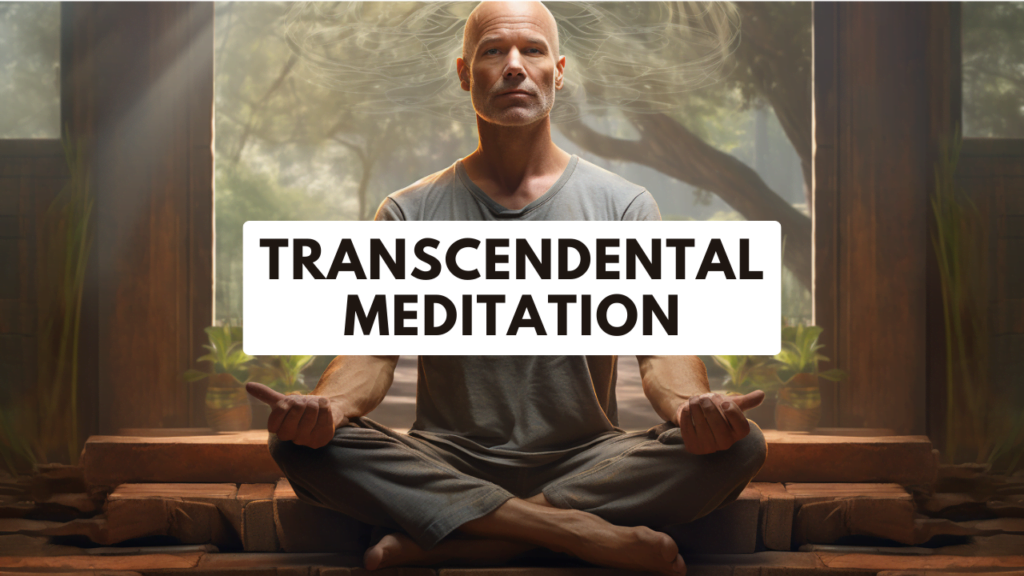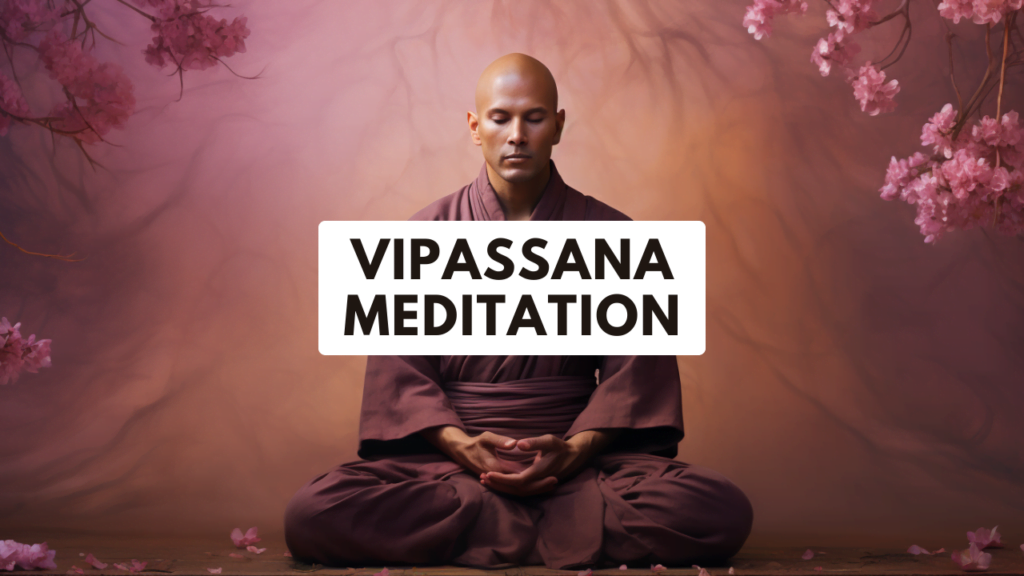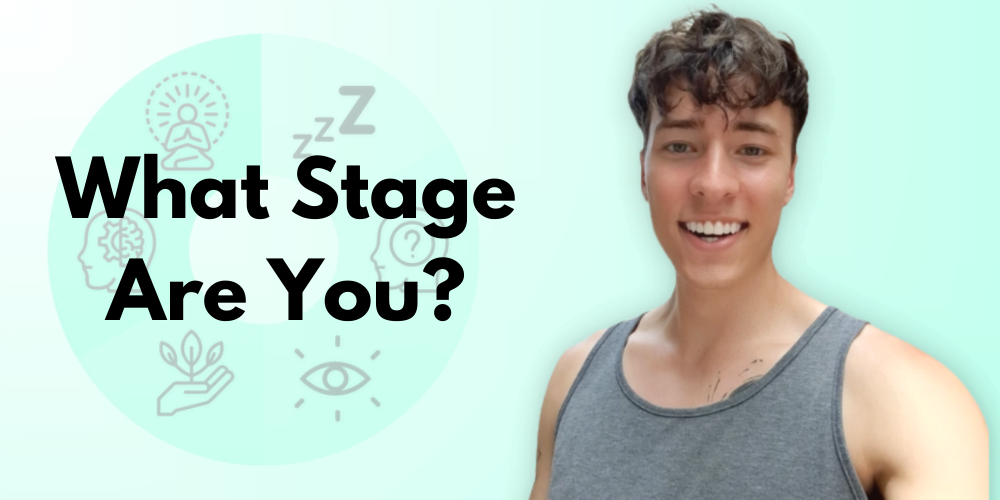7 Best Meditation Courses For Beginners in 2024
Meditation is the foundation of healthy and happy mind. It’s the gateway to higher consciousness and blissful states of being. Meditation is a very basic practice that when used consistently can truly transform your life, thinking, and way of being. Many seek out the path of meditation for their personal development journeys only to be bombarded with too many options of where and how to learn. Others have no idea where to start or how to meditate properly. A beginner’s meditation course will show you the ropes and get you on your feet to start practicing meditation asap. I’ve compiled a list of the best meditation courses for newbies who want to learn the life changing practice. These are the 7 best meditation courses for beginners in 2024. Nurture Your Spirit’s top picks: 7 Best Meditation Courses of 2024 Teacher Price Course Duration Meditation University’s Meditation Masterclass Kevin Ellerton $299 5 hours Palouse Mindfulness-Based Stress Reduction Course Jon Kabat-Zinn FREE 50 hours (over 8 weeks) Ryan Molkentin’s Spiritual Awakening Accelerator Ryan Molkentin $67 2 hours Graham Nicholls’s Meditation Accreditation Course Graham Nicholls $129.99 7.5 hours Michaël Bijker’s Breathwork & Meditation Course Michaël Bijker $124.99 18.5 hours Ian Tucker’s Beginner’s Guide to Meditation Ian Tucker $59.99 1.5 hours Mindfulness Daily at Work: Mindfulness Course Tara Brach, Jack Kornfield FREE 8 hours (over 40 days) Best Meditation Courses For Beginners in 2024 #1 Meditation University’s Meditation Masterclass Taught by the founder of Meditation Magazine and Meditation University, Kevin Ellerton’s Meditation Masterclass makes our #1 spot. This beginner’s course to meditation teaches you everything you need to know about meditation as well as gives you a certification after completion. Kevin Ellerton’s Meditation Masterclass makes #1 on our list for its depth of teaching as well as its fantastic guided meditations. Noteworthy for: The most comprehensive and in depth meditation course for beginners Teacher: Kevin Ellerton Hosted on: Meditation University Duration: 5 hours Price: $299 Rating: 4.6/5 Check it out here. #2 Palouse Mindfulness-Based Stress Reduction Course For a totally free yet very good introduction to meditation, the Palouse Mindfulness-Based Stress Reduction will help you start your meditation journey. Taught by Jon Kabat-Zinn, this meditation course is free of charge and gives you an in-depth start to basic mindfulness meditation. Noteworthy for: Best free meditation course for beginners Teacher: Jon Kabat-Zinn Hosted on: PalouseMindfulness.com Duration: 50 hours (over 8 weeks) Price: FREE Check it out here. #3 Ryan Molkentin’s Spiritual Awakening Accelerator Break into greater consciousness in just 7 days with Ryan Molkentin’s Spiritual Awakening Accelerator. This course teaches several meditation techniques and other spiritual practices to experience spiritual awakening. If you’re looking for a course on meditation with an emphasis on spiritual awakening look no further! The Spiritual Awakening Accelerator gives you an introduction to meditation and all of the tools needed to break into blissful higher consciousness. Noteworthy for: An emphasis on spiritual awakening and attaining higher consciousness Teacher: Ryan Molkentin Hosted on: NurtureYourSpirit.org Duration: 2 hours (over 7 days) Price: 67$ Rating: 5/5 Check it out here. #4 Graham Nicholls’s Meditation Accreditation Course Graham Nicholls’s Meditation Teacher Certification is perfect for those looking to get a basic certification in meditation. Do you want practice and teach meditation? Look no further! Often on sale for $19.99 or less, this course will teach you everything you need to know about practicing and leading meditation. Noteworthy for: Receiving an accredited meditation teacher certification on completion Teacher: Graham Nicholls Hosted on: Udemy Duration: 8.5 hours Price: $129.99 (though often on sale for much less) Rating: 4.7/5 Check it out here. #5 Michaël Bijker’s Breathwork & Meditation Course #5 on our list is Michaël Bijker’s Breathwork & Meditation Course. If you want to learn both meditation and breathwork (pranayama) in one course, this is the course for you. Expert meditation and breathwork teacher Michaël Bijker goes in depth on many techniques and several guided sessions in this 18.5 hour course. Noteworthy for: Best for learning breathwork and meditation Teacher: Michaël Bijker Hosted on: Udemy Duration: 18.5 hours Price: $124.99 (often on sale for much less) Rating: 4.7/5 Check it out here. #6 Ian Tucker’s Beginner’s Guide to Meditation Are you totally new to meditation? If you just want to dip your toe in the meditative waters, then Ian Tucker’s Beginner’s Guide To Meditation is perfect for you. At just 1.5 hours and often on sale for just $11.99 this course will give you a bitesize start to meditation. Many meditation courses are overly long and overwhelming, if you want a simple and straigtforward meditation course, this is it! Noteworthy for: Best short beginner’s meditation course Teacher: Ian Tucker Hosted on: Udemy Duration: 1.5 hours Price: $59.99 (often on sale for much less) Rating: 4.9/5 Check it out here. #7 Mindfulness Daily at Work: Mindfulness Course Another great free option is Tara Brach’s and Jack Kornfield’s Mindfulness Course. Over 40 days these expert teachers will share a few minutes of meditation knowledge with you at no cost at all. Not only does it teach you the basics of mindfulness meditation, but there are several guided meditations along the free 40 day course. Noteworthy for: Best for basic mindfulness meditation Teacher: Tara Brach & Jack Kornfield Hosted on: TaraBrach.com Duration: 8 hours (over 40 days) Price: FREE Check it out here. Why Take A Meditation Course? While there are many free resources available online to learn meditation today, a course offers several advantages that might be worth considering: Think of it like this: free resources can provide a taste of meditation, while a course is a full-fledged training program. It equips you with the knowledge and guidance to establish a sustainable practice. Looking to become a certified meditation teacher? See the 7 Best Meditation Teacher Training Certifications of 2024. Free vs. Paid Meditation Courses While both can lead you to a successful meditation practice, free and paid courses have some key differences to consider: Free Courses: Paid Courses: Choosing The Right Course: Ultimately, the best course is the one that fits your individual needs and preferences. Other Meditation Resources If you’re not ready


